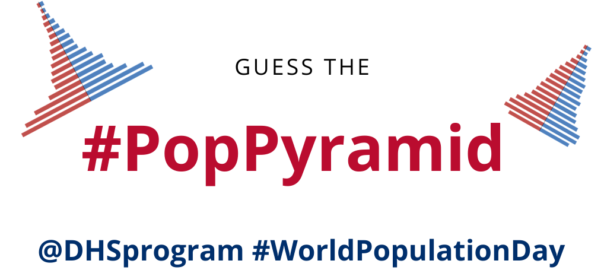World Population Day 2020

July 11th is World Population Day. This year’s UNFPA theme, Putting the brakes on COVID-19, is focused on safeguarding the health of women and girls during the pandemic. World Population Day is an opportunity to pause and reflect on how women are uniquely affected by the COVID-19 crisis:
- Women make up the largest share of frontline health workers, so they are disproportionately exposed to the novel coronavirus.
- Disrupted supply chains impact women’s access to modern contraceptives, which can result in unintended pregnancies.
- Staying home to prevent the spread of COVID-19 puts already vulnerable women at a heightened risk of violence. In addition, gender-based violence prevention and protection efforts, social services, and care have been reduced during the pandemic.
- The pandemic creates additional barriers to people who are pregnant to access antenatal care and safe-delivery services.
- With the disruption of schools and community-based services, adolescents and young people may struggle to access information and services related to sexual and reproductive health.
A population pyramid is a great visualization of a country’s distribution of age groups by sex. Take The DHS Program’s #PopPyramid Quiz to test your knowledge of population pyramids from recently published Demographic and Health Surveys (DHS) and learn more about DHS indicators related to COVID-19 prevention.
Pro tip: Use STATcompiler to explore indicators and find the answers to the population day quiz!

